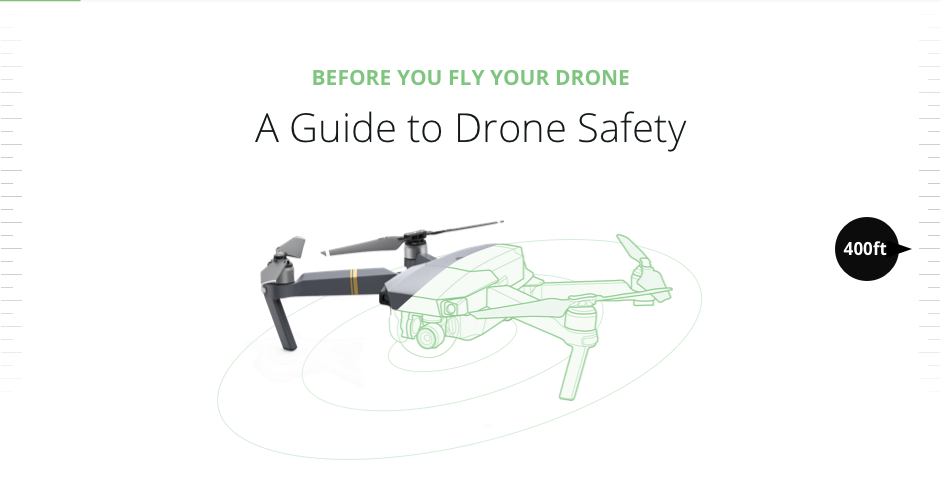
Why You Can’t Just Buy a Drone and Take to UK Skies
The authorities call them by their technical name, Unmanned Aircraft Systems, UA for short. You may know them simply as drones or UAVs which stands for unmanned aerial vehicles.
Other names used for these crafts include:
- Remotely Piloted Aircraft Systems (RPAS)
- Model Aircraft
- Radio Controlled Aircraft
For the purpose of this guide, we’ll keep to drones and UAVs.
However you refer to them, drones are the latest exciting addition to the British aviation system. They’re proving to be a challenge for the UK’s Civil Aviation Authority (CAA), though.
This guide gives you tips on how to stay safe while flying a drone. Always follow CAA rules while flying your drone and make sure that you obey local laws and regulations.
This guide will be updated on occasion with new content, images, and embedded videos. This document does not purport to provide you with legal advice. Always consult an attorney if you need legal advice.
The Problem with Consumer Drones
Consumer drones share two things in common. They can all fly—whatever their form—and anyone can buy one and take to the skies. It’s that second point that’s causing so many problems for the CAA.
US laws on public drones are stricter than those in the UK. Right now it seems that Canada has the harshest UAV rules & regulations of any country. We can expect UK drone laws to follow suit very soon.
The Civil Aviation Authority is a UK statutory corporation found in CAA House on Kingsway Road in central London. Its job is to oversee and regulate every aspect of civil aviation within the Kingdom [1].
No one expected the technology or the fervor for consumer drones to grow as fast or become as popular as it has. With so many drones taking to the skies, rules are starting to change [2], [3].
Chapter 1
Safe Responsible Flying
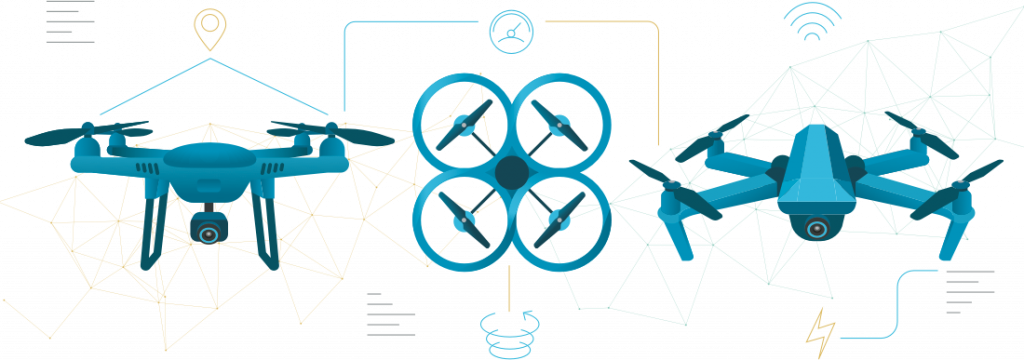
Every drone owner would fly safely and be a responsible pilot in an ideal world. But it’s not an ideal world. There’s a minority of UAV owners who behave in a reckless manner (more on this later).
Flying drones in the UK is no different to driving a car or riding a bike. There are responsible operators and careless ones. This is why the CAA has to put in laws, rules, and regulations for drone operators.
The concerns UK authorities have with drones is that anyone can take to the skies with little or no training or experience. Most people don’t volunteer for training either. Things are about to change [4].
From 2017, UAV owners must pass a special safety awareness test. This new registration system has come about as a result of the sharp increase in misuse and ignorance of drone laws [5].
What You Should Know Before You Fly Your UAV
There are three basic areas every drone pilot should know before they fly:
- Recognize the current UK drone laws (rules change so keep updated)
- Understand the drone code
- Know where you can fly your drone safely and legally
If every drone pilot was aware of the above and abided by that knowledge then we’d all be fine. But not everyone can answer these questions with any real authority or conviction.
1. What are the current UK drone laws?
Drone rules and regulations differ between countries. In the UK, the rules can even differ between counties. These laws don’t apply to tiny toy drones unless they weight 250g or more.
Since the UK introduced its new safety awareness test, every new pilot should have the required knowledge. There are more details of the current laws further down the page.
2. Understanding drone code
The drone code boils down to a basic understanding of three basic points:
- Drone safety: Keep your UAV in sight. Stay below 400 ft. (122m)
- Drone awareness: Follow maker’s instructions. Keep your distance from people and property.
- Drone legal: You’re responsible for each flight. Stay away from all aerodromes (big or small).
Here’s another way to remember the UK drone code in a little more detail:
Don’t fly near airports or airfields
Remember to stay below 400ft (122m)
Observe your drone at all times. Stay 150ft (50m) away from people and property
Never fly near aircraft
Enjoy responsibly
These are the basic concepts. There are obviously more details for each code [6].
3. Where can you safely and legally fly your drone?
There are areas you can fly your UAV, places you can’t, and spaces you might be able to with special permissions. If in doubt DO NOT TAKE TO THE SKIES until you know.
Once again, anyone who takes the drone awareness tests should have a clear understanding of drone fly zones and no-fly zones. They’ll also be up to speed with drone safety, security, and privacy matters.
Typical no-fly zones may include—but are not limited to—the following areas:
- Danger areas and high-intensity radio transmission areas (HIRTA’s)
- Prohibited areas (PA) including controlled airspace
- Locally restricted areas
- Military aerodrome traffic zones
Technology is the way forward. You have a couple of options here. The first is an intuitive app created by NATS— UK’s leader for air traffic control services. They call their app Drone Assist [7], [8].
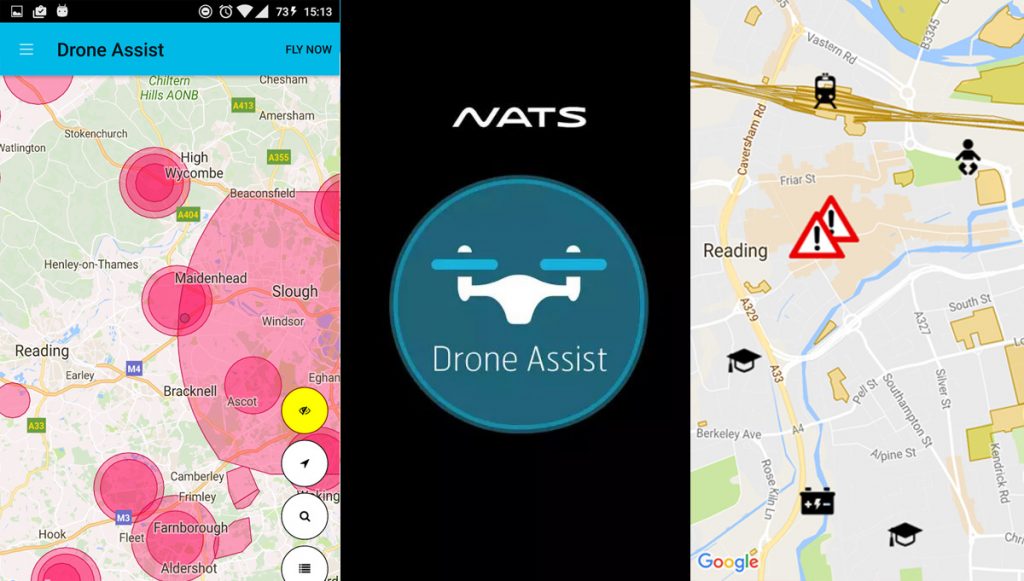
Drone Assist gives drone pilots all the relevant information straight to their smartphone. It ensures you fly your craft in a safe and legal way, without endangering people, places, and structures.
Another option is a user-friendly online graphical tool called NoFlyDrones. It’s a great place for planning safe, legal flights. There’s also a page that shows the current Rules for Drone Operators
The creators built NoFlyDrones based on the current rules and regulations of the new UK Air Navigation Order or ANO (CAP393). All it means is the information is up-to-date and trustworthy [9].
Chapter 2
Recreational Drone Operators
Anyone can own a consumer drone but not everybody can fly one legally. To be a recognized recreational drone pilot you have to meet certain conditions.
There is an official document that explains this in detail. You can find it in the Air Navigation Order 2016 (ANO) file. It gives details of the entire aviation regulations within the UK [10].
Below is a quick breakdown of what constitutes a recreational drone operator. You will identify some of these from the drone code above, though there are more details here:
- You MUST take full responsibility for flying your drone in a safe manner
- You MUST keep your drone within line-of-sight at all times
- You MUST NOT endanger any person or thing with your drone
- You MUST adhere to additional rules if your drone weighs more than 7gk (see below)
- You MUST be aware of additional limitations for camera drones (see below)
Here are some of the additional details relating to points four and five above:
Drones Over 7kg – Additional UK Laws
Bigger, heavier, consumer drones that weigh 7kg or more have to abide by extra laws. All the above laws apply but with a few additions. These drones MUST NOT fly in Class A, C, D, or E airspace [11].
The only exception to the above is if an appropriate air traffic control official grants permission beforehand. Another rule is that 7+ kg drones MUST NOT fly within an aerodrome traffic zone.
Again, these rules don’t apply if officials grant special permission in advance. And the final additional rule is that drones weighing 7kg or more MUST NOT fly at an altitude exceeding 400 ft. [12].
Additional Limitations for Camera Drones
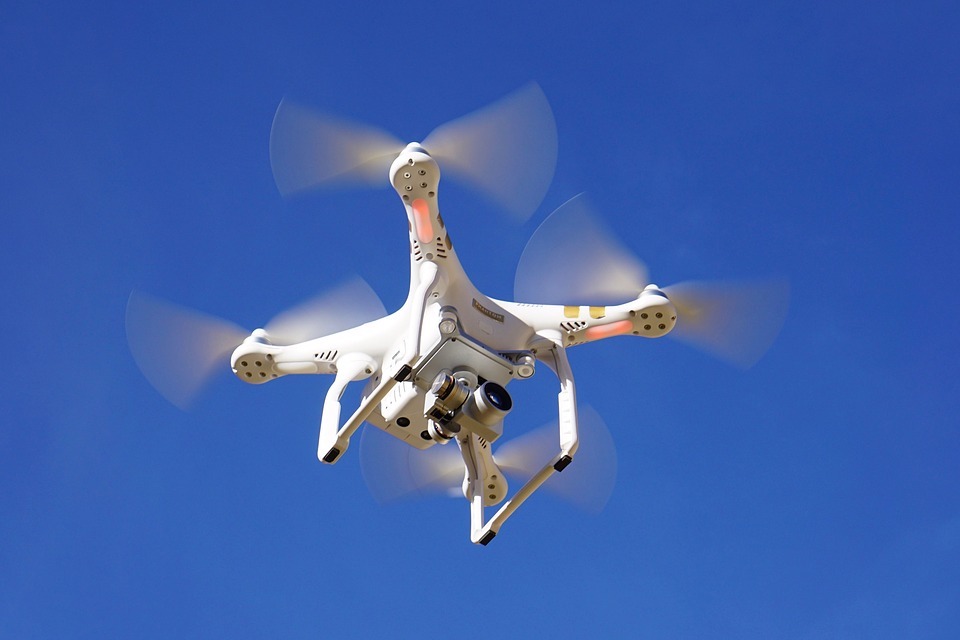
For camera drones (fixed or attached) there are additional rules to abide by in the form of limitations. There are limits on where you can fly the craft and also how close you can get to people or objects.
These restrictions only pertain to persons or things uninvolved with the flight. It’s sometimes possible to fly your camera drone inside these areas and distance limitations with prior permission.
The only way to get special permissions is to apply for official authorization from the CAA.
The current limitation for people and camera drones is 50m. For congested areas—including open-air events with more than 1000 persons—it’s 150m [13], [14].
Failure to Comply with Public Drone Rules
Drones fall into different types and categories and each has its own set of rules, regulations, and restrictions. In the UK, laws change periodically to keep up with drone technology and increased use.
As a drone pilot, you’re responsible to know what the rules and limitations are for you and your craft. Authorities will not accept ignorance as an excuse as all information is in the public domain.
The CAA can prosecute offenders who fail to comply with current drone laws and restrictions. The maximum fine at the time of compiling this guide is £2,500 GBP
The CAA also has the authority to revoke your permission to fly drones in the future in addition to the fine if they choose to do so. Pilots may have a defense if they can prove a situation was unavoidable at the time of the incident [15].
Drone Rules for Visitors to the UK
Visitors to the UK can bring their drones and take to British skies. There’s nothing on the official websites about visitors taking the new awareness tests that UK citizens have to sit.
I contacted the UK’s UAV Enquiries Department for clarification in September 2017. They informed me that visitors do not need permission to fly in the Kingdom for noncommercial purposes.
In this case, ‘non-commercial’ simply means as a tourist or for hobby flying. The CAA did, however, say that visitors must familiarize themselves with all UK drone regulations prior to arrival.
Rules and regulations on drones and UK airspace are under constant review. Visitors are therefore responsible for acquainting themselves with the latest CAA updates.
Chapter 3
The Sky is Not the Limit
There are a few things that get the adrenalin pumping with UK drone enthusiasts. Speed, distance from the controller, and height (altitude) are some, but there are safety restriction laws in place that limit these things.
Some public drones can fly up to a distance of 7km from the controller. Although the pilot can control these crafts using First Person View (FPV), UK law still states that drones must not leave your sight.
Note
A typical drone will start to go out of the line of sight if it exceeds 1,640 ft. (500m) horizontally. The size of a drone and the surrounding backdrop also plays a part.
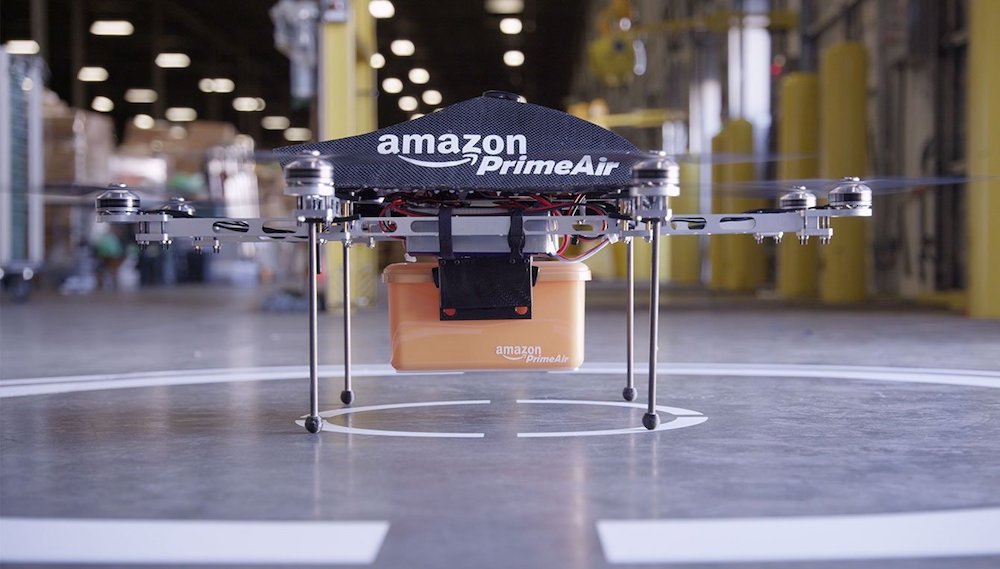
UK laws are more favorable to responsible drone business operations. Take Amazon for example. It can test drones for its Prime Air drone delivery service out of the line-of-sight in certain areas [16].
There are no UK drone speed limits—yet—but you could still get into trouble if you cause an incident through reckless piloting. This could include flying too fast in an inappropriate setting.
There is a specific legal drone height restriction in the UK set at 400 ft. (122m) from the ground. If you want to exceed this height for any reason you have to seek permission from the CAA [17].
Faster, further, and higher, sounds great on paper. But any drone pilot who breaches these laws can face prosecution. The sky is most definitely not the limit when it comes to operating UAVs.
UK Company Drone Regulations and Restrictions
There are strict drone laws for business operators as well as for public use. Companies that want to experiment with autonomous aircraft have more leeway than hobbyists, though.
Even so, restrictions still limit what a company can and cannot do. It has to be this way for the sake of safety, privacy rights, and security of people, events, and structures.
There’s been a lot of talk in recent years about using drones as delivery tools. Amazon is one of these companies leading the way with its much-anticipated Prime Air drone delivery service.
They’ve already had two successful runs in the UK so far. Mind you, the customers had huge gardens and lived close to an Amazon depot near Cambridge. It’s a good start nonetheless.
Anyone who wants to fly drones for commercial purposes must first seek permission from the Civil Aviation Authority or CAA. Many of the usual rules apply but there are some differences.
The term “Commercial Operations” comes under a broad umbrella of flight applications. There’s plenty of guidance for flying small drones for commercial purposes on the CAA website
Most commercial drone use—though not all—involves aerial photography and videography. Before any filming can take place the business must follow set guidelines:
- Seek appropriate permission from the CAA
- Seek express permission from the owner, manager, or authority for the land
- Have control over people, vessels, or vehicles, for the area intended for the craft
It’s beyond the scope of this guide to cover all the aspects of flying UAVs for commercial purposes in the UK. The procedure is quite bureaucratic, but it’s just a box ticking exercise and perfectly doable.
You must familiarize yourself with regulations related to commercial work. This includes permissions & exemptions, guidance on regulations, and current laws for small drone operators.
You can find links to all you need in our resources section at the foot of this page [18], [19], [20].
Chapter 4
Flying for Business
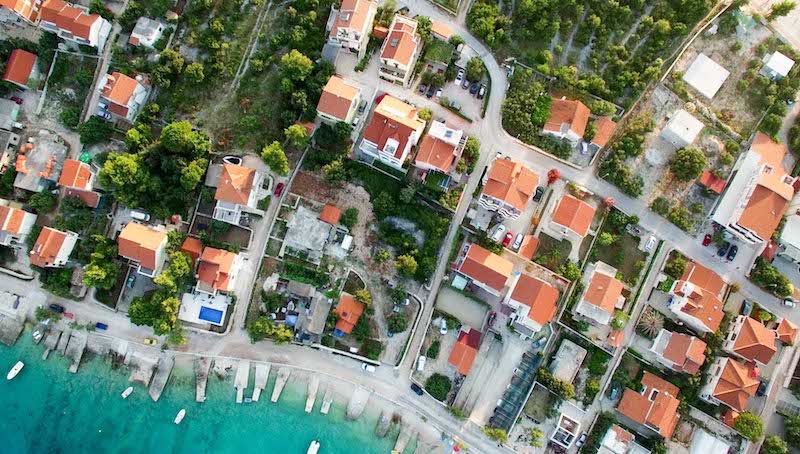
Most people fly drones for fun. Big companies like Amazon have ambitions for drone delivery services. But there are opportunities for solo freelancers and entrepreneurs to make money from drones too.
Anyone with insight can see how countries are gearing up toward drone-powered economies. Up until more recent times, drones—as we’ve known them—have been restricted to the following:
- Geeky toys for hobbyists
- Flying cameras for the wealthy
- Covert military machines
It’s not like this anymore. UK public drones are here to stay, despite the tightening regulations.
The business potential is huge.
Here’s a handful of ways people are already making money from UAVs:
- Aerial filmmaking (one-man operation)
- Agriculture inspection & manning
- Drone marketing & advertising
- Drone service & repair business
- Industrial inspection and mapping
- Professional UAV courses (many areas for potential here)
- Small local drone delivery service
The potential is certainly there for anyone who wants to become a drone entrepreneur [21].
Businesses Already Exploiting UAVs
More established businesses are also using drones as a tool to help them perform better. Here’s a quick list of the types and percentages of companies in the UK that already exploit drones:
- Trades: construction related 11.5%
- Manufacturing industry 9.9%
- Information & communications 9.1%
- Creative & photographic 8.8%
- Transportation-related7%
- Professional services 6.6%
- Marketing 5.1%
- Educational 4.7%
- Retail sector 4%
- Healthcare related 3.3%
These stats are sure to rise as people and companies find creative ways to exploit drones into their business model. The CAA and other authorities surely have their work cut out in the years ahead.
Chapter 5
Flying Near an Airport
You Want to Fly Close to an Airport
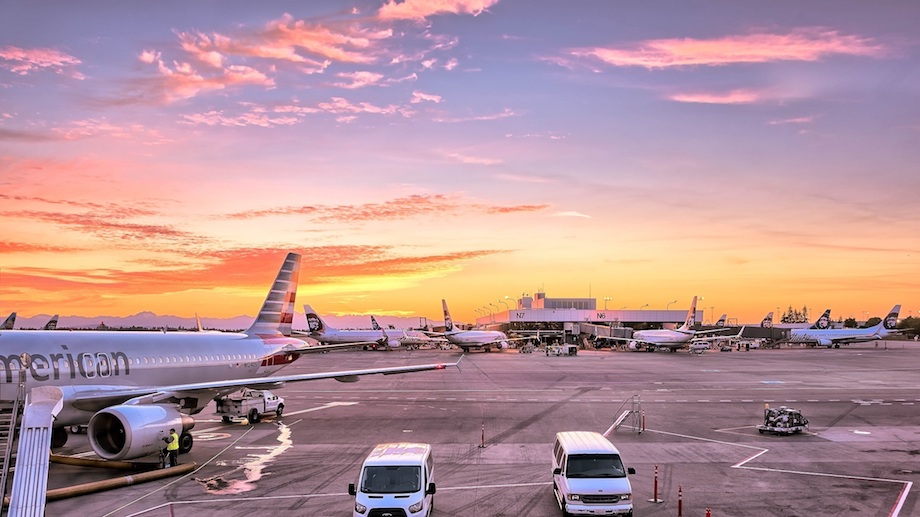
The UK has a lot of active airports, airfields, gliding sites, and private landing strips. Some of these are obvious and others less so. All drone operators should be aware of these sites whatever their size.
If recreational or business drone pilots want or need to fly within close proximity of an airport they must first get permission. Official authorization must come from those controlling the airspace.
Unlike some countries, the UK doesn’t have specific restriction zones yet for airdromes. The drone code simply says not to fly near to aircraft, airports, or airfields. This will surely change before long.
For now, good common sense is the order of the day to avoid a disaster [22].
Chapter 6
UK Drone Accidents and Incidents
As the sale of public drones skyrockets so does the risk of UAV accidents and incidents. The number of near misses with manned aircraft continues to rise each year in the United Kingdom.
The UK Airprox Board documented three commercial airplanes that narrowly missed UAVs traveling through the skies close to London’s Heathrow airport last year (2016) [23], [24].
Irresponsible flying, ignorance of the drone rules, and lack of knowledge and experience, all contribute to these problems. It’s why the UK and other countries are continually reviewing UAV regulations.
Anyone can and should report drone incidents that infringe on privacy, become a disturbance, or fly within restricted areas. It’s also vital to report actual accidents and near misses.
The CAA encourages anyone to report a UAV flown in a dangerous or potentially dangerous manner to the police. You can reach the local police in any UK county on 101 [25].
UK Fun Facts & Drone Stats
Here are a few fun facts taken from the UK Drone User’s Report that may surprise you [26].
- Drone owners between 18-24 years make up just 6.6% of all UK UAV pilots
- British drone owners under 34 years make up just 16% of all UAV pilots
- The remainder take the rest with the over 55s making up 25% of drone ownership
- In the UK, 96.4% of drone operators are male and only 4% female
- 8% of all drone users fly their crafts for recreational purposes
- The most popular flying robots are camera drones
- Videography is the most popular use at 77.4%
- Stills photography is not far behind at 74.5%
- 9% of drone pilots fly for pleasure
- 12% of UAV operators fly drones to become more familiar with their neighborhoods
- 9% of UK drone owners use their flying cameras to record outdoor events
- 2% of adult drone owners enlist their kids into the hobby to get them outdoors more
Final Thoughts
We haven’t seen the end to the UK rules and regulations for public and business-related drone use. Sadly, an increase in drone incidents and accidents is certain to get worse before it gets better.
Contrary to all the bad press UAV operators get, most drone pilots adhere to the rules and fly their machines in a responsible manner. But then they’re not the ones who make the headlines.
Today, drone operators have to register and take a safety awareness test. The updated CAA rules and regulations should help to maintain responsible flying and better awareness in the years ahead.
Drone technology is forever changing and the UK rules & regulations continue to adapt to meet these changes. Never become complacent, and always stay up to date with industry news and laws.
Resources
- https://www.caa.co.uk/home/
- Drones are filling Britain’s skies
- Drone complaints in the UK
- Drones to be registered and users to sit safety tests under new government rules
- Irresponsible Drone users ruining it for everyone
- http://dronesafe.uk/wp-content/uploads/2016/11/Dronecode.pdf
- https://www.nats.aero/
- http://dronesafe.uk/
- http://www.noflydrones.co.uk/
- Recreational drones, flights, and operators
- https://www.nats.aero/ae-home/introduction-to-airspace/
- http://www.uavsystemsinternational.com/drone-laws-by-country/united-kingdom-drone-laws/
- https://www.caa.co.uk/Consumers/Unmanned-aircraft/Recreational-drones/Recreational-drone-flights/
- Additional Limitations for Camera Drones
- http://downloads.bbc.co.uk/rmhttp/guidelines/editorialguidelines/pdfs/Drones-guidance.pdf
- Amazon’s first successful UK Prime Air drone delivery
- http://explorata.uk/opinion/drones-legal-height-limit-in-uk/
- Regulations relating to the commercial use of small drones
- Permissions and exemptions for commercial work involving small drones
- Guidance on using small drones for commercial work
- https://www.virgin.com/virgin-unite/business-innovation/how-become-drone-entrepreneur
- http://www.coventrytelegraph.net/news/uk-world-news/what-laws-flying-drones-gatwick-13272272
- Report from the UK Airprox Board
- Near misses involving UK drones & aircraft quadruples in 12 months
- https://www.caa.co.uk/Our-Work/Make-a-report-or-complaint/
- http://www.dronesdirect.co.uk/files/pdf/dronesreport.pdf
